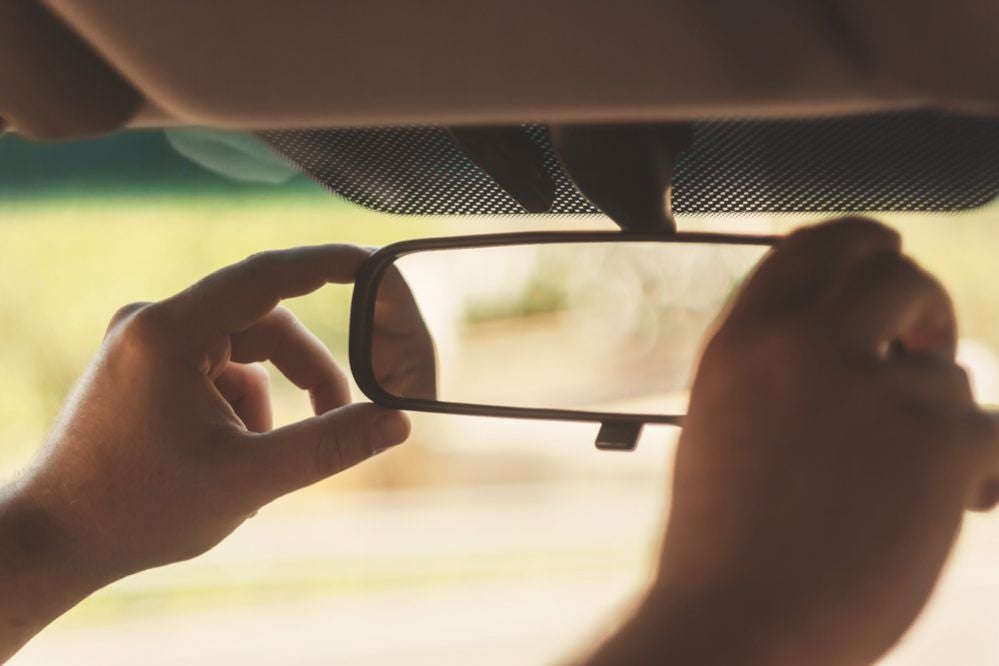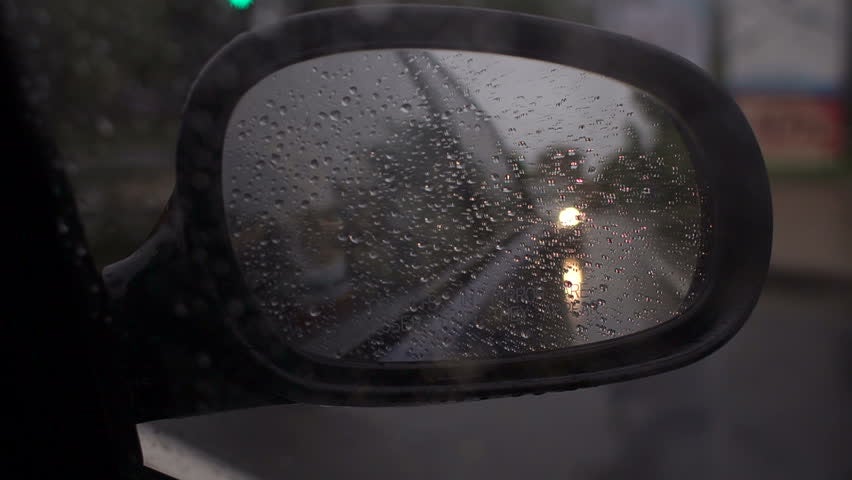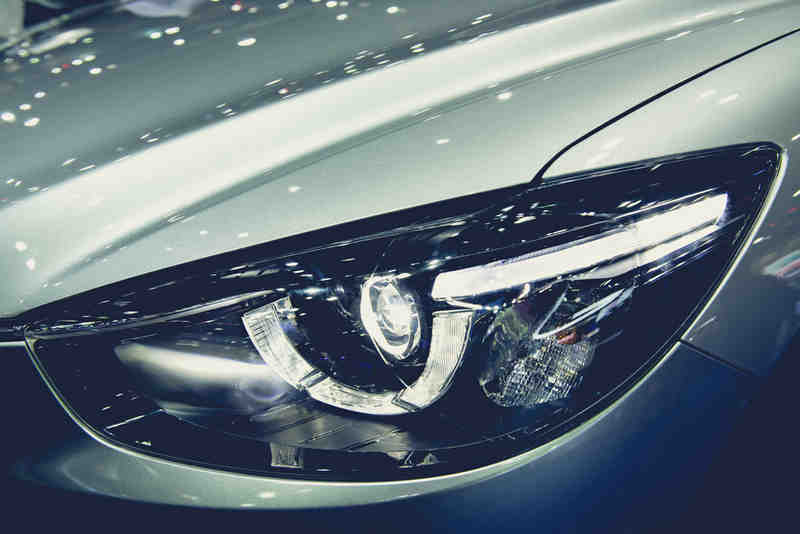Think cars, and chances are all you'll have in your mind is an engine or an exhaust note or, better still, a lot of sheet metal. But a car is more than just metal when it comes to the material that goes into its production. There is a lot of rubber and plastic involved, and there are even enough glass bits. No, we aren't talking only of the windscreens or the window glasses but also of the headlights, fog lamps, bulbs, and even the mirrors. And when it comes to mirrors, some of you might ask the type of mirrors that a car comes with - whether it's convex, which bulges outwards, or concave, which bulges inwards? To simply answer this, let us inform you that concave mirrors can be found on the ORVMs while the headlights of the vehicle have convex mirrors. Here's all there's to know about the concave vs. convex mirrors in cars -

Also Read: Brake System In Cars Explained in Detail
Concave Vs. Convex Mirrors In Cars - Difference
Convex Mirrors
In simple words, a convex mirror has an outward bulge, which means its reflective surface is aligned towards the light source. These mirrors project a virtual picture of the object, with the image being slightly diminished in comparison to the actual size of the object. This is exactly why in most vehicles, the passenger-side rear view mirror has a disclaimer on it that reads - “Objects in the mirror are closer than they appear.” All convex mirrors produce an upright image of the object and provide the user with a pretty wide viewing area in comparison to the plane mirror. This type of mirror is usually found on the rear-view mirrors of cars and motorcycles. Thanks to a wider viewing area, they even have lesser blind spots as compared to a plain mirror.

Also Read: How to Avoid Blind Spots and Blind Spot Accidents?
Concave Mirrors
On the other hand, a concave mirror has its reflective surface on an inward bulge, and it's focussed away from the light source. These kind of mirrors reflect all the light that falls on them from one focal point. The reflected image that is hence created is larger than the actual object. In cars, concave mirrors are found in the headlights as they reflect the light emitted by the bulb in a wider area. This is exactly why the light rays from a bulb of the car's headlight can reach out to a great distance. Concave mirror is even used in solar devices to concentrate the sunlight falling on the mirror into a single point. This helps in easy storage of solar energy. Therefore, the upcoming solar cars will see heavy application of concave mirrors.

Also Read: Buying a car online vs. dealership
All cars sold in our country come equipped with both the types of mirrors. While convex mirrors can be found on the rearview mirrors, concave mirrors are found on the headlights. A car mirror is mostly brittle and breaks even in a small impact. A replacement can be easily found at the local mechanics as well as the authorised service centers, but while purchasing, do ensure they are concave in nature and not simply plain glass as the same won't have a very wide range of view. Similarly, when replacing headlamps, make sure you have convex glass instead of plain glass as the latter will affect the efficiency of the headlight.
Also Read: How To Increase Car Life - Tips For A Car's Long Life
So, this was all about concave vs convex mirrors in cars. Are you planning to purchase a second-hand car? If so, we, at CARS24, can not only provide you with a wide range of used Ford cars to choose from but also sort out all the documentation, including the RC transfer, totally free of cost. What's more, you can also use our free used car value calculator to find out the correct value of any car on sale in the country.






.jpg&w=828&q=75)






.jpg&w=828&q=75)
.jpg&w=828&q=75)
.jpg&w=828&q=75)
.jpg&w=828&q=75)

.jpg&w=384&q=75)

.jpg&w=384&q=75)
.jpg&w=384&q=75)

.jpg&w=384&q=75)
.jpg&w=384&q=75)

.webp&w=384&q=75)








